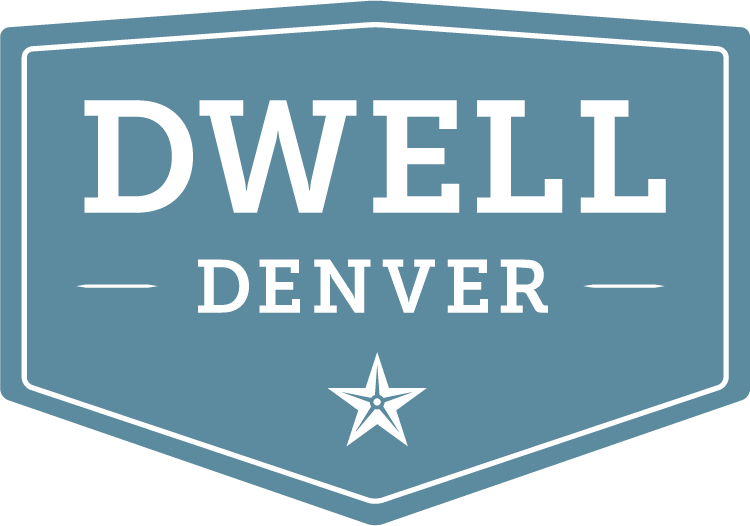Real Estate in Plain English.
Part of what makes the home buying experience so stressful is all the wonky vocabulary.
Like, what the fork is earnest money? How are you supposed to feel confident financing your dream home when you don’t know the difference between pre-qualified and pre-approved? And what about the “oh $#!+” moment when you start looking over contracts and discover you have no clue what you’re actually agreeing to?
We’ve got you! We’ve translated some of the most common real estate terms into plain English—so you can conquer the homebuying process with confidence every step of the way.
BUYER’S AGENT:
A buyer’s agent is the person who walks a buyer through the process of purchasing a home. If you’re looking to buy, this is us!
LISTING AGENT:
Listing agents are the people who work with people selling their home. If you’re purchasing a home, we communicate with the listing agent on your behalf.
LENDER:
A lender is the institution (like a bank) or person (like a loan officer) lending you money to buy your home.
BUYER’S MARKET:
A buyer’s market is when there are lots of homes available—which means you have an advantage over the sellers during price negotiations. In this market, you’re on the right side of the supply-demand seesaw.
SELLER’S MARKET:
This is the opposite of a buyer’s market. A seller’s market is when there are more people looking to buy homes than there are homes to buy. This gives sellers the leg-up on price negotiations.
Fair warning for first-timers: Denver seems to be in a perpetual seller’s market. But don’t worry! We have lots of strategies to get you the best house for the best price. You’ll see.
PRE-QUALIFICATION vs. PRE-APPROVAL:
Pre-qualification means a loan officer has looked at some of your financial information and thinks you’ll qualify for a home loan once you apply. You get a letter indicating the amount for which you’re pre-qualified, which is extremely attractive to sellers. In fact, without a pre-qual letter, sellers won’t give your offer a second glance.
Moral of the story: When you’re ready to seriously look at homes, one of your first steps is to get pre-qualified. Also, getting a pre-qual letter from a lender does not mean you have to use them for your loan, and it doesn’t guarantee they’d give you one, either. It’s a no-obligation, non-commitment, ballpark estimate for both you and the lender.
Pre-approval means you’ve actually completed a loan application and you’ve been approved under certain guidelines. Because you’ll have completed the application using a lot of educated guesses about what you think you might be purchasing, your application will still be re-reviewed once you’ve actually chosen a property.
INTEREST RATE:
Interest is the cost of borrowing money. Your interest rate is a percentage of what you borrow (the principal) that you pay back in addition to the principal.
Interest is one of the reasons it’s important to consider not just the purchase price of a property, but also how that price breaks down into monthly payments over the life of your loan. See PITI below.
CONVENTIONAL LOAN vs. FHA LOAN:
Conventional loans are home loans not associated with a government program or agency. They typically require higher credit scores, allow for smaller down payments, and have more relaxed property restrictions.
An FHA loan is a mortgage insured by the Federal Housing Administration (FHA). You might qualify for an FHA loan if you have a lower credit score. The trade-off is you’ll have a higher down payment and fewer property choices.
ADJUSTABLE-RATE MORTGAGE:
With an adjustable-rate mortgage (ARM), the interest rate changes periodically, according to fluctuations in an index. An index is a tool that measures changes in single-family home prices across a designated market.
PITI MORTGAGE PAYMENT:
PITI stands for principal, interest, taxes, and insurance. A PITI mortgage payment is the monthly amount you pay your lender to cover all of these costs.
You might have this type of mortgage payment if you have an impound, or escrow, account. Escrow accounts spread your property-related expenses (insurance and taxes) evenly across a year instead of giving you one big annual bill.
EARNEST MONEY:
Earnest money is the deposit you pay to the seller to show you’re serious about buying the house. If your offer is accepted, your earnest money gets applied to the purchase price of the home. Otherwise, it’s returned to you.
DOWN PAYMENT:
A down payment is the part of the home buying transaction you pay in cash. It’s typically a percentage of the purchase price—anywhere from 5% to 20%, depending on your lender’s requirements.
CLOSING COSTS:
Closing costs are the extra expenses you pay to finalize a real estate transaction. Most closing costs are non-recurring—things you only pay once as a result of buying your home, like title and survey fees. You also pay one month of your new mortgage at closing, along with your first month of insurance and taxes if you’re opting to escrow those expenses.
PRIVATE MORTGAGE INSURANCE:
If you put less than 20% down on your home, your lender will require you to have private mortgage insurance (PMI). PMI protects them from losing all the money they loaned you if you can’t pay it back. As soon as the value of your home exceeds 80% of your remaining loan principal, you can stop paying PMI.
TITLE INSURANCE:
Title insurance protects the lender or the buyer from losing money if there’s ever a dispute over ownership of a property.
HOMEOWNER’S INSURANCE:
Homeowner’s insurance is a policy that combines personal liability insurance and hazard insurance. It gives you coverage to pay for any claims of bodily injury or property damage.
BIDDING WAR:
A bidding war happens when two or more people steadily increase their bids to try to “win” the home from another prospective buyer. There are a couple ways to increase your chances of winning a bidding war:
Including appraisal gap coverage in your offer. This means you agree to cover any gap between what you’re offering on the home and the appraised value of the home—what the bank says it’s actually worth and what they’ll be willing to lend you.
You could also include an escalation clause in your purchase offer. This tells the seller, “I’ll pay $X for your home. If you happen to get a higher offer, I’ll automatically increase my offer in increments of $Y with a maximum of $Z.”
Offering a rent-back agreement, which allows the sellers to stay in their home until a certain date past the official closing.
LOAN OBJECTION DEADLINE:
A loan objection deadline is the date by which you must close on your new home or the seller has the right to keep your earnest money.
LOAN TERMINATION DATE:
The loan termination date is a buyer’s “out” if there’s a serious issue that affects your mortgage company’s ability to fund the loan by the time you agree to in your contract.
APPRAISAL DEADLINE:
This is the date in your contract that dictates when your appraisal must be completed. An appraisal is an independent assessment of the home’s value required by the lender. Sometimes it comes back higher or lower than the offered price, at which point we’ll help you navigate the contract process.
DUE DILIGENCE DEADLINE:
Due diligence documents are documents buyers request from sellers that cover a bunch of information about the home—appliance warranties, utility bills, homeowner’s association guidelines, home inspection results, and more. Your contract will specify a date by which the seller has to give all of this information to you to finish your transaction.
Ok, now take a deep breath.
We know this is a lot. That’s why we walk with you through every step, from finding the perfect neighborhood to judgment-free, unlimited reminders of what the heck appraisal gap coverage is. Seriously. Let’s talk!

